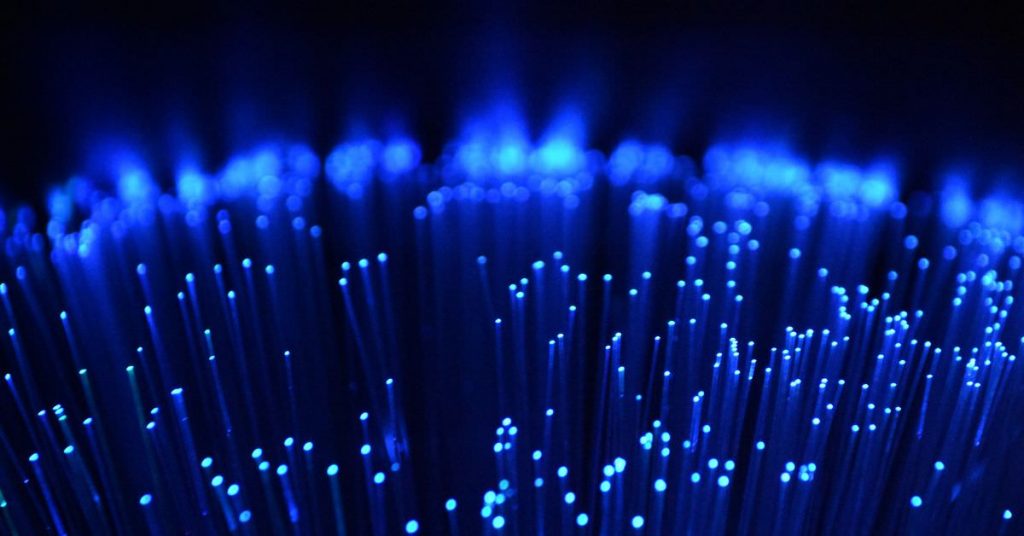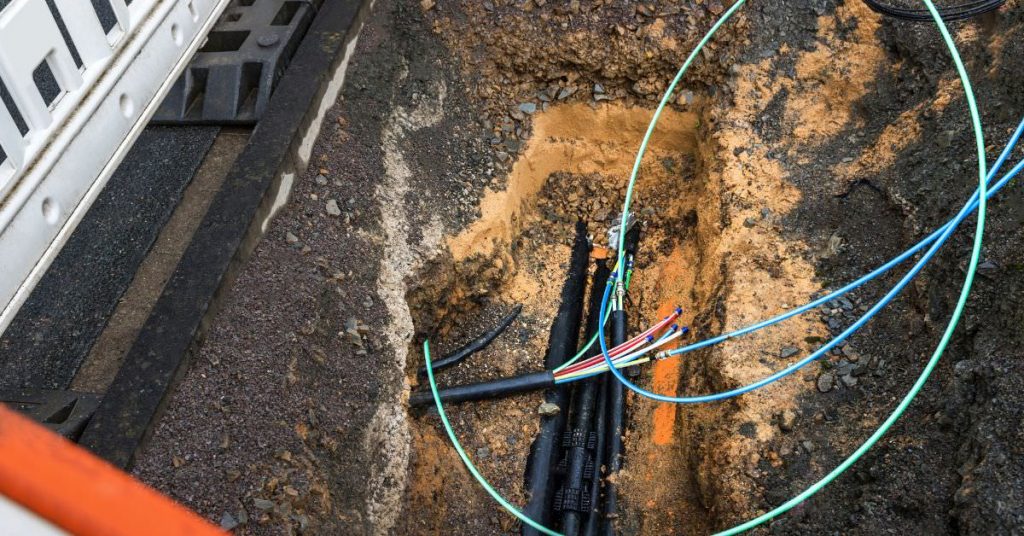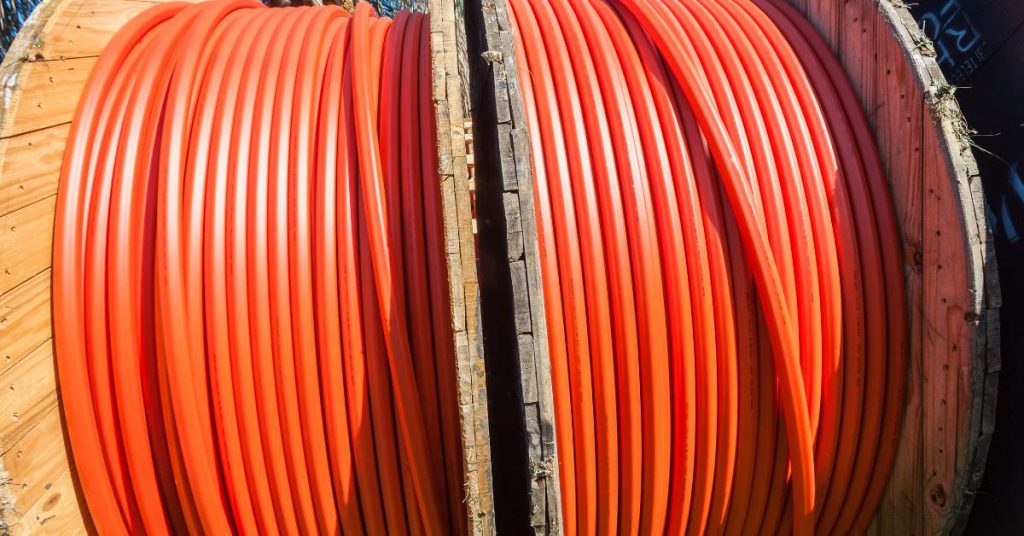
By now, it is safe to say you have heard of fibre albeit not the fibre you eat but the fibre internet that helps you order something to eat. Consequently this fibre internet gets delivered to nations using fibre optic undersea cables.
What are fibre optic undersea cables
Fibre optic cables transfer data across the world in the blink of an eye consisting of small ‘lines’ that send data via light pulses through fragile wires just thicker than a needle.
When viewing fibre optic cables, they resemble tiny glass or plastic tubes protected by multiple layers of hard materials like metal and rubber.

How these fibre optic undersea cables connect to private homes
Fibre optic undersea cables get laid 8000 metres underwater, plug into landing stations on shore and distributed by FNOs (fibre network operators). Furthermore these cables cables are running under and next to most roads and houses, delivering fibre internet to users all over the country.

There are 350 cables globally, totalling 900 000 km in length which altogether is enough cable to make it to the moon and back. A single fibre optic can transmit ten gigabits of data a second, the same as sending 10 000 videos simultaneously. Thousands of fibre optics get bundled together and insulated making one fibre cable.
View all the fibre optic undersea cables here.
The names and locations of the African cables
There are currently five main submarine cables off the West Coast of South Africa:
1. Equiano Cable
Owned by Google and runs from Portugal to South Africa and is in fact named after a Nigerian born writer and abolitionist, Olaudah Equiano, who was enslaved as a young boy.
2. West African Cable System (WACS)
WACS is owned by many telecommunications companies and spans a total distance of 14 530km. As a result it connects fourteen countries which starts in South Africa and its endpoint is located in London.
3. SAT3/WASC
Also owned by numerous companies and spans a total distance of 14 350km and connects South Africa to Portugal and Spain and several other African countries.
4. Africa Coast to Europe
Owned by multiple companies, this cable runs a long 17,000km from South Africa to Europe.
5. 2Africa
The most impressive of all the undersea fibre optic cables is the 2Africa.
Owned by many, but most noticeably Facebook, MTN Group and Vodafone, the 2Africa cable runs 37,000km along the ocean floor. As a result it will connect twenty-three countries in Europe, Africa and the Middle East.
Markedly it will demonstrate improved performance and cost-effectiveness and be fully operational by 2023.

Fibre optic cables on the East Coast of South Africa
1. South Africa Far East (SAFE)
Connecting South Africa to India and Malaysia presently this undersea fibre optic cable runs a total length of 13,500km.
2. Melting pot Indian oceanic Submarine System (METISS)
The 3,200 km cable connects Reunion Island, Madagascar and South Africa to Emtel’s ANSI/TIA tier-three certified data centre in Arsenal, near Port-Louis.
3. Eastern Africa Submarine System (EASSy)
Botswana Fibre Networks and Telkom South Africa are two of many owners of the cable which in fact runs for the length of 10,500km.
4. SEACOM/Tata TGN-Eurasia
Owned by Tata Communications and SEACOM, this fibre optic undersea cable is 15,000km long while connecting South Africa, Mozambique, Kenya, Tanzania, Djibouti, Egypt, France and India.
How the fibre optic cables get laid
First, cables get plugged into landing stations on shore and float on the water’s surface while sections get dropped and buried beneath the ocean’s sediment.
Then, specially modified ships lay the cable by towing a submersible plough that digs a trench and inserts the cable as it unwinds from the boat. The vessels often work from each end, joining the cable in the middle. Lastly, optical repeaters get installed along the line and ensure the strength of the data pulse does not diminish over vast distances.
The modern-day ships can lay around 200km of fibre optic cable per day and altogether carry approximately 2,000km of cable on board.
Cable location is confidential as terrorists destroy wires and hold company’s to ransom to cease cable destruction.
Data transfer is higher with fibre cable than satellite and costs around the same. The average project cost of laying undersea fibre optic cables is around $100-$500 million (U.S.). This is more cost-effective than using satellites when you compare the data transfer rate.
Remember the damaged WACS undersea fibre cable?
In 2020, South Africa experienced a submarine cable break off the coast of South Africa. With that came slow internet speeds, which frustrated fibre internet clients. Many fibre internet service providers spent a fortune of money buying additional bandwidth to provide their customers with a solution.
However, the speeds were still too slow for the number of users using fibre internet, especially during the lockdown. The frustration levels grew, and repairs took a long time due to the repair ship not being able to leave the port because of bad weather.
However, RocketNet provided fibre internet to the coastal customers by utilising another cable. We brainstormed a solution to direct Cape Town traffic back to Johannesburg and used Seacom to breakout the internet across the country.
That’s one of the reasons we rock!
Happy surfing!


